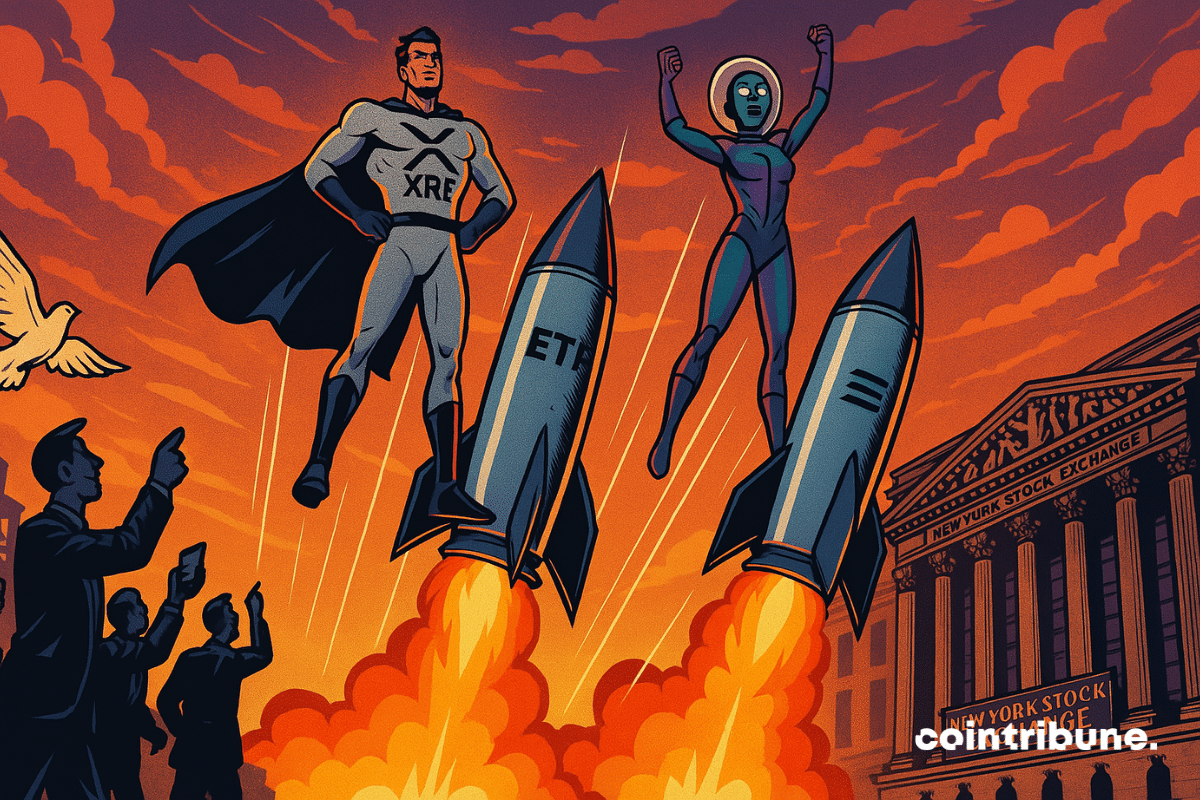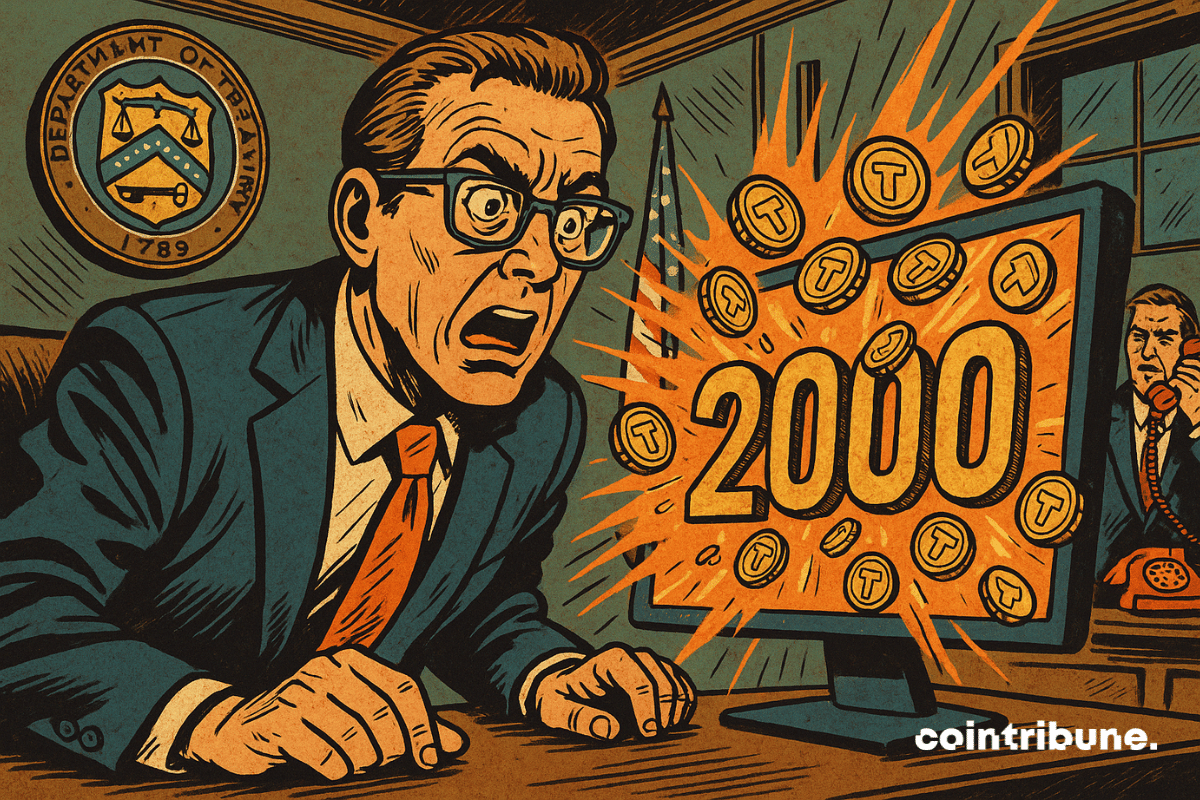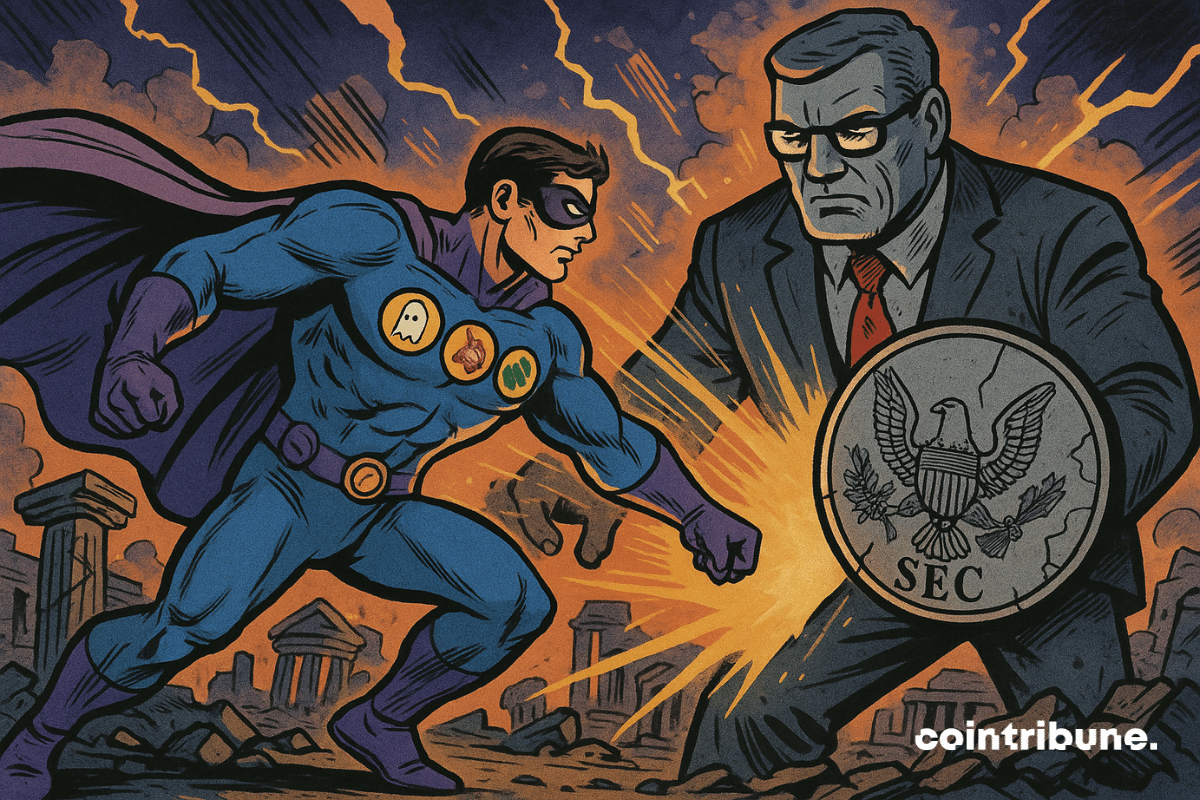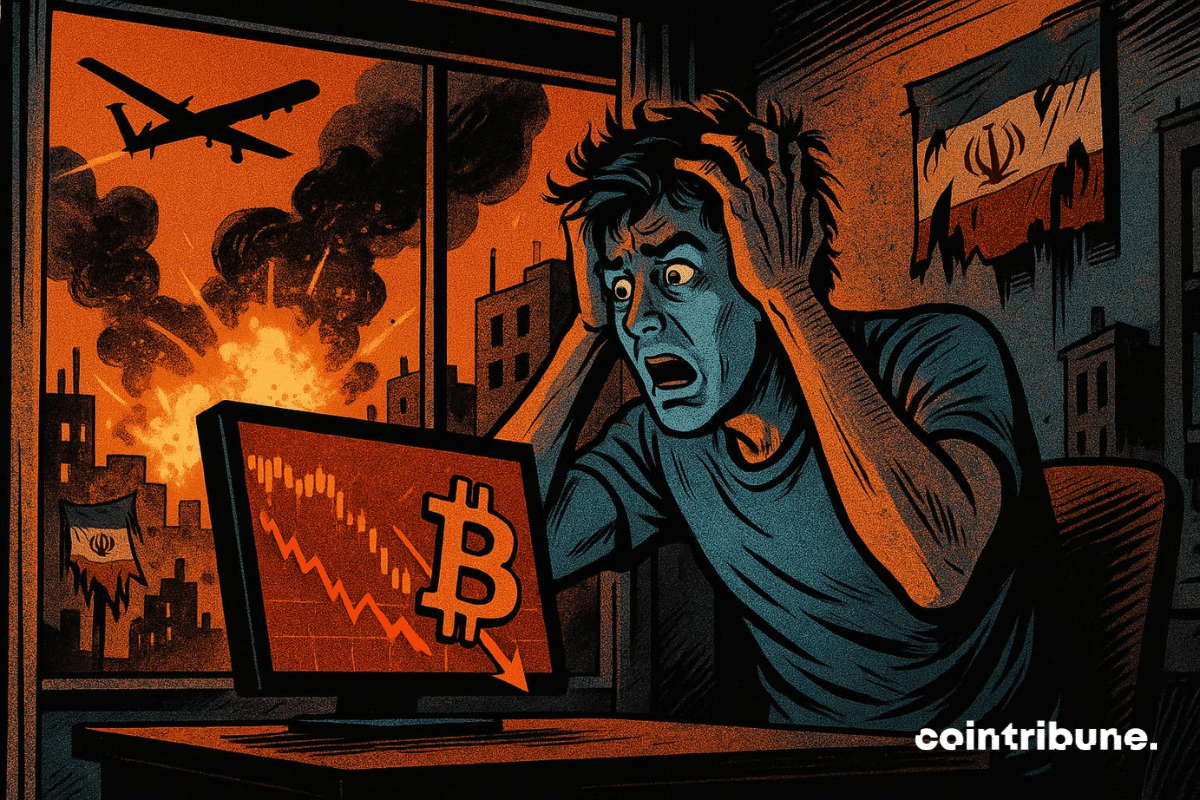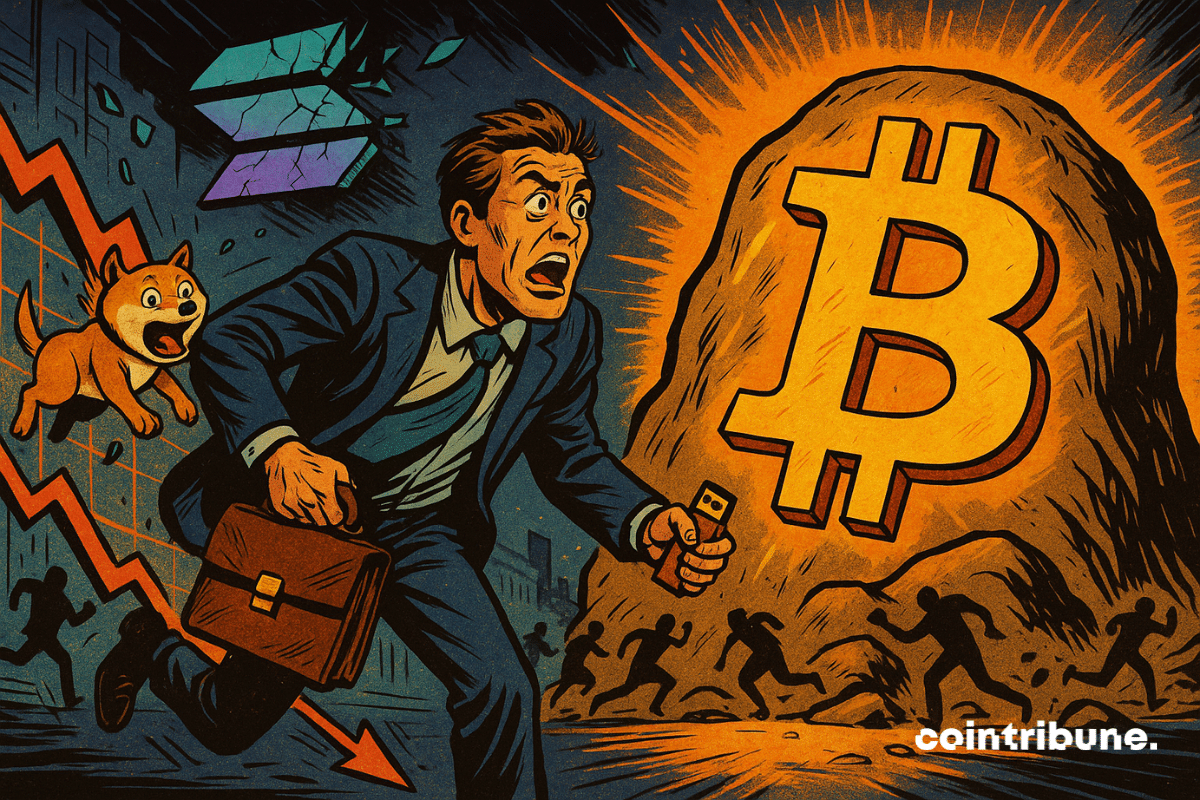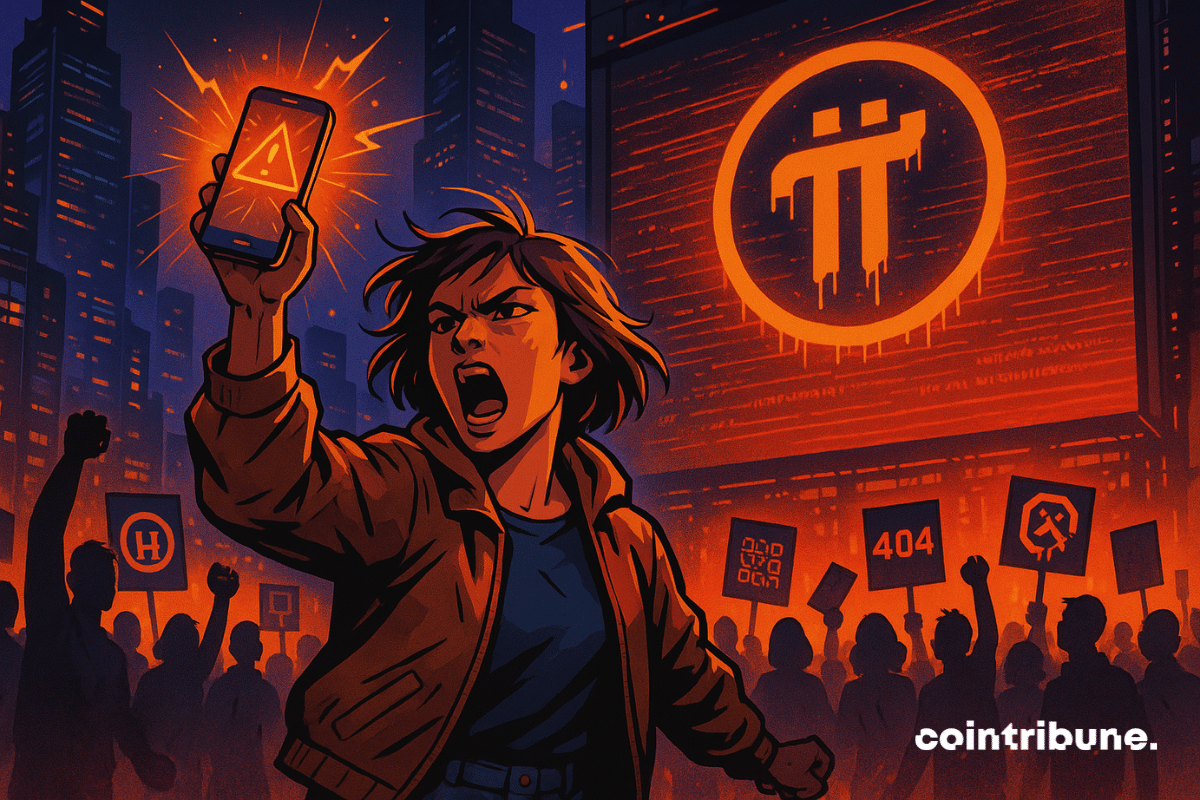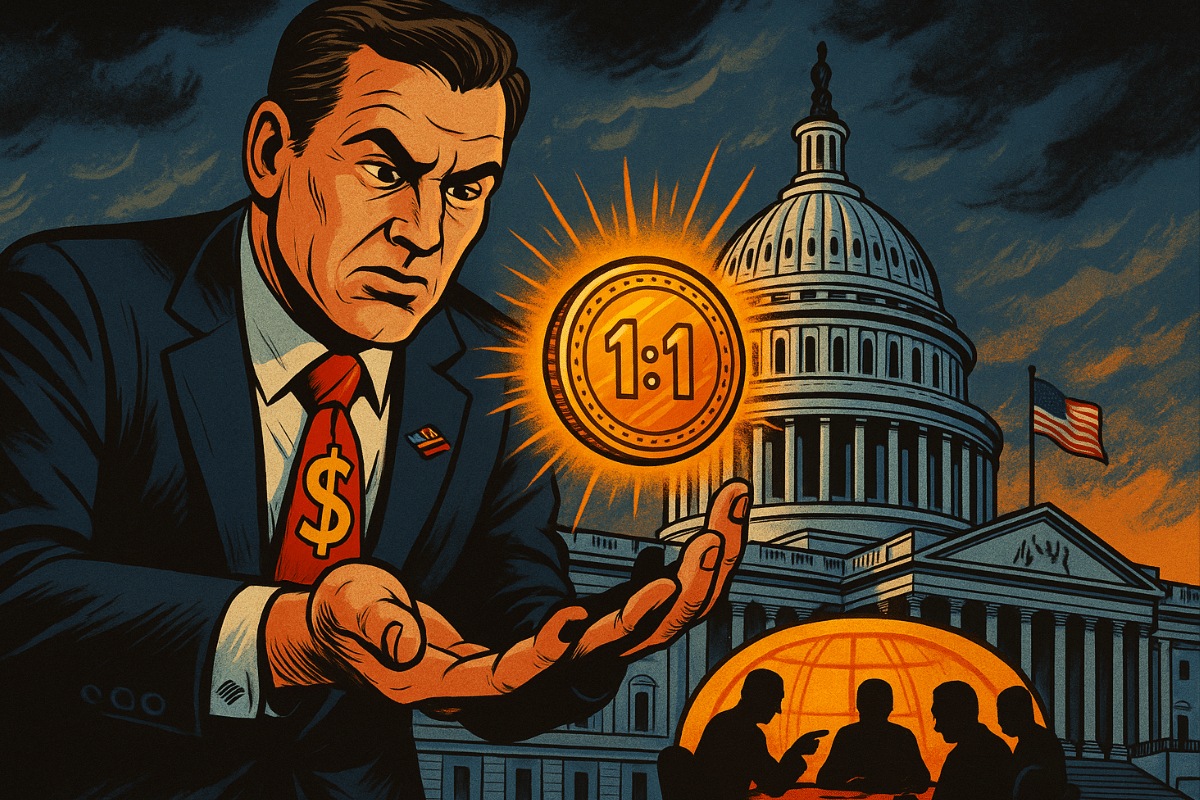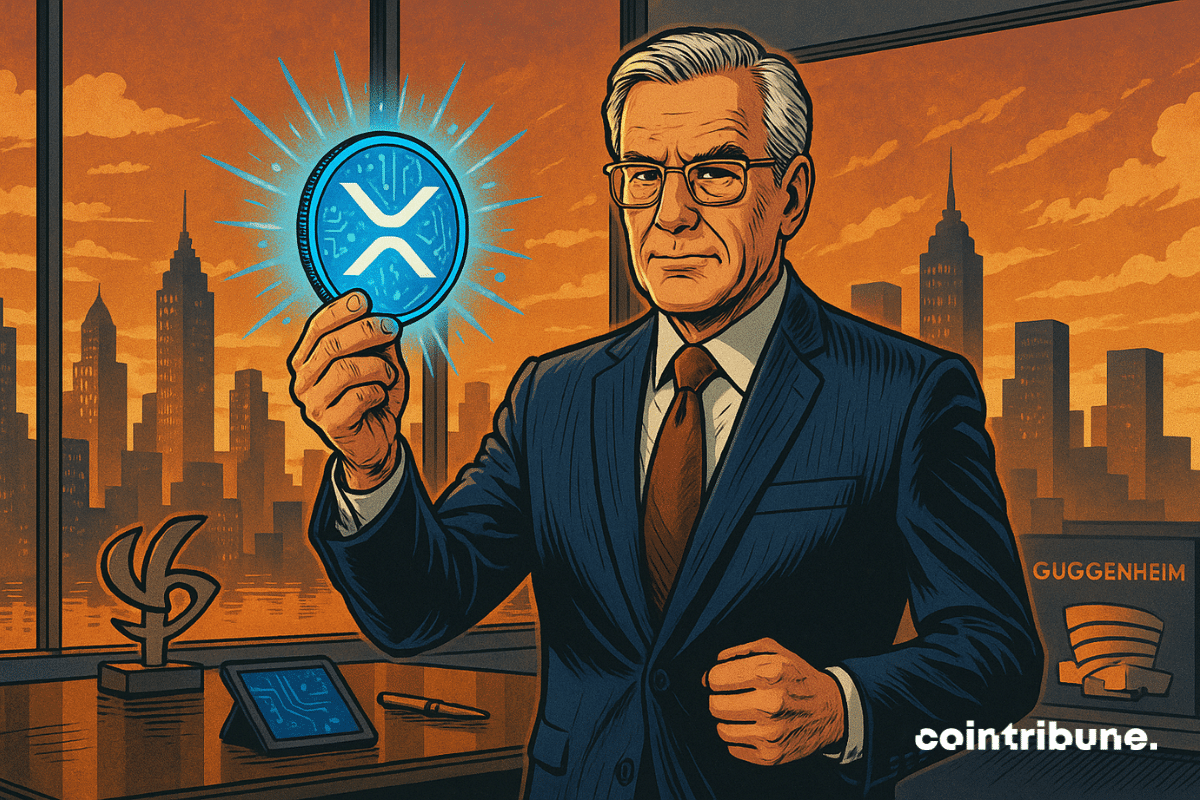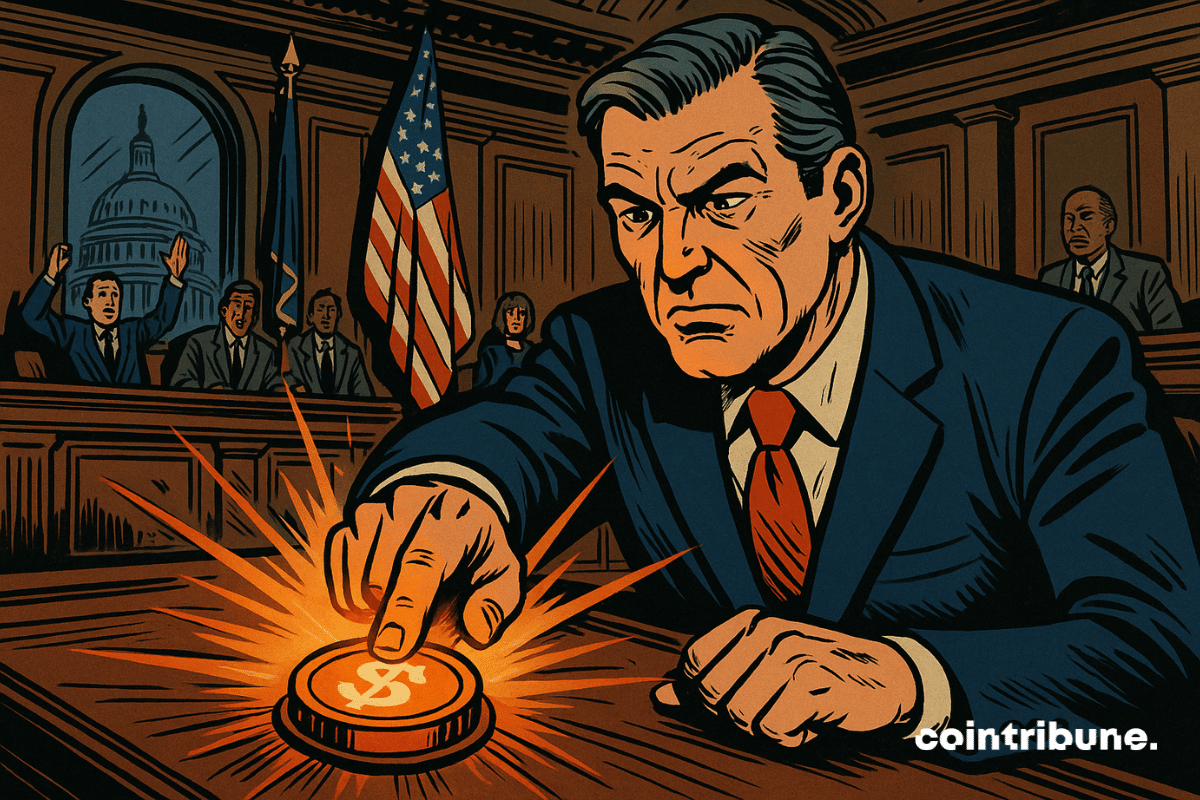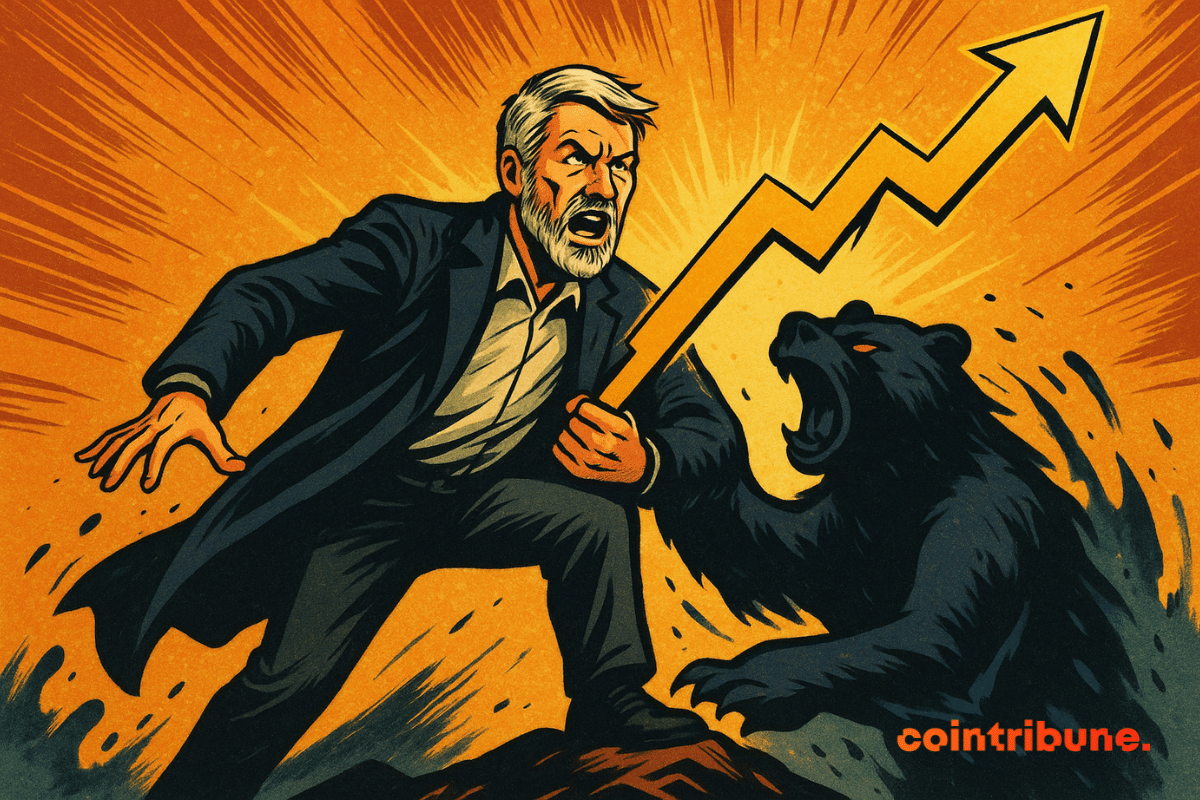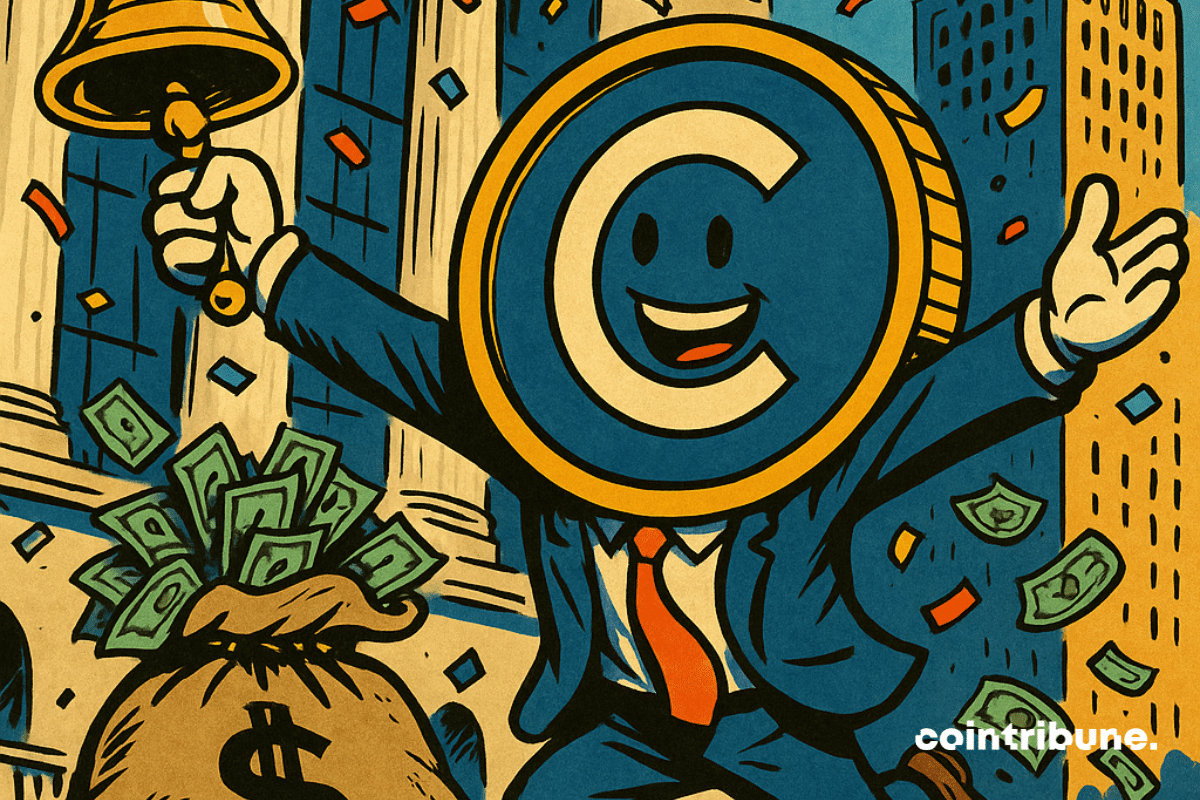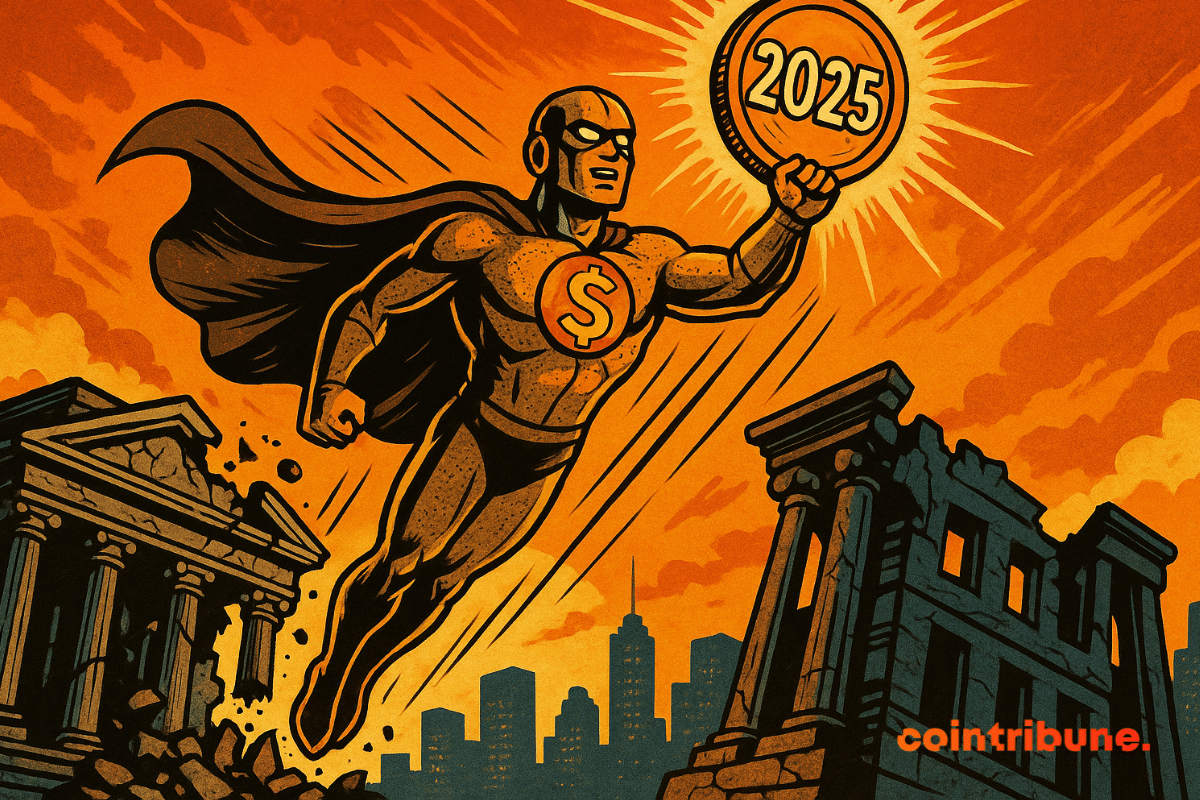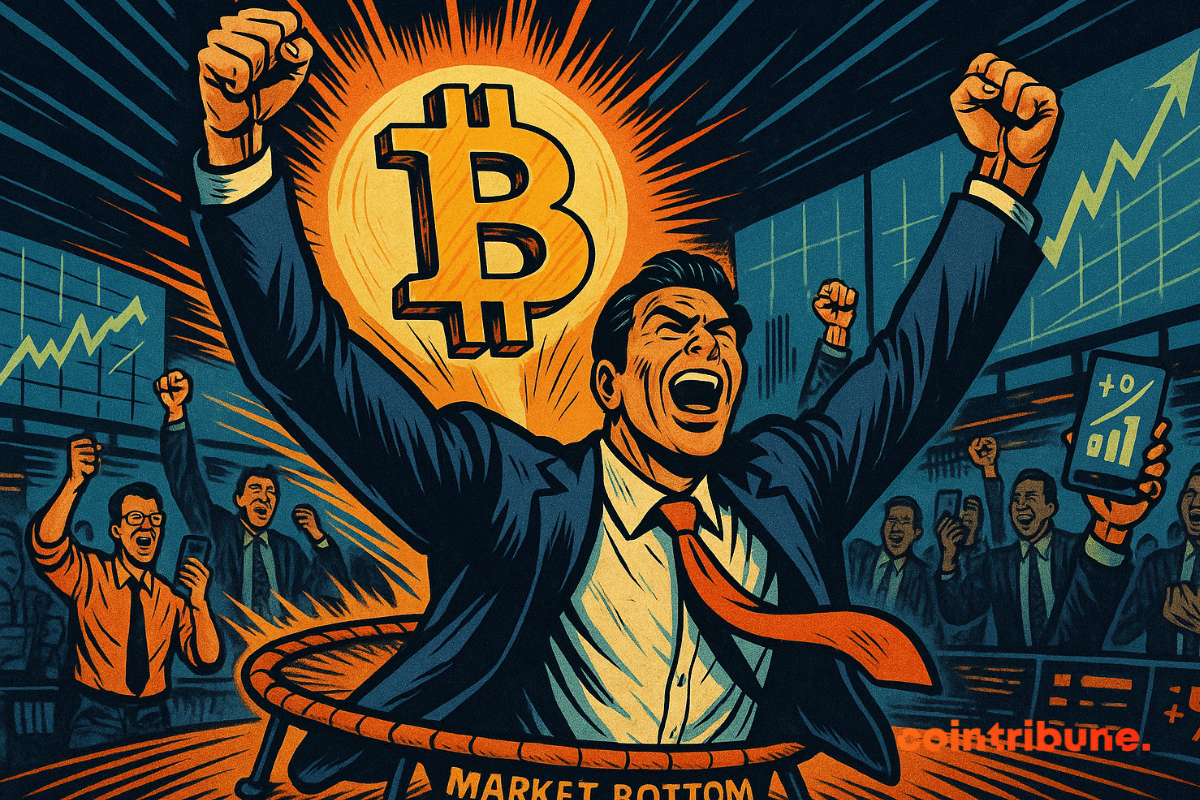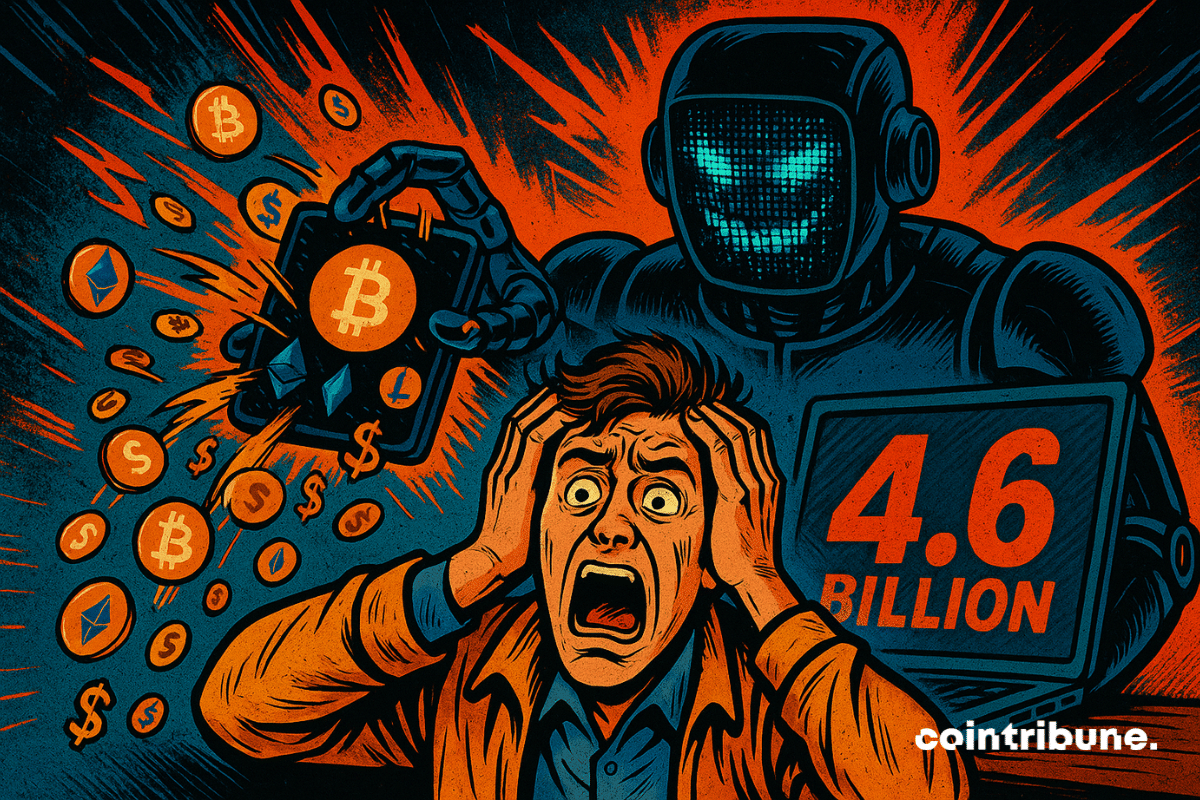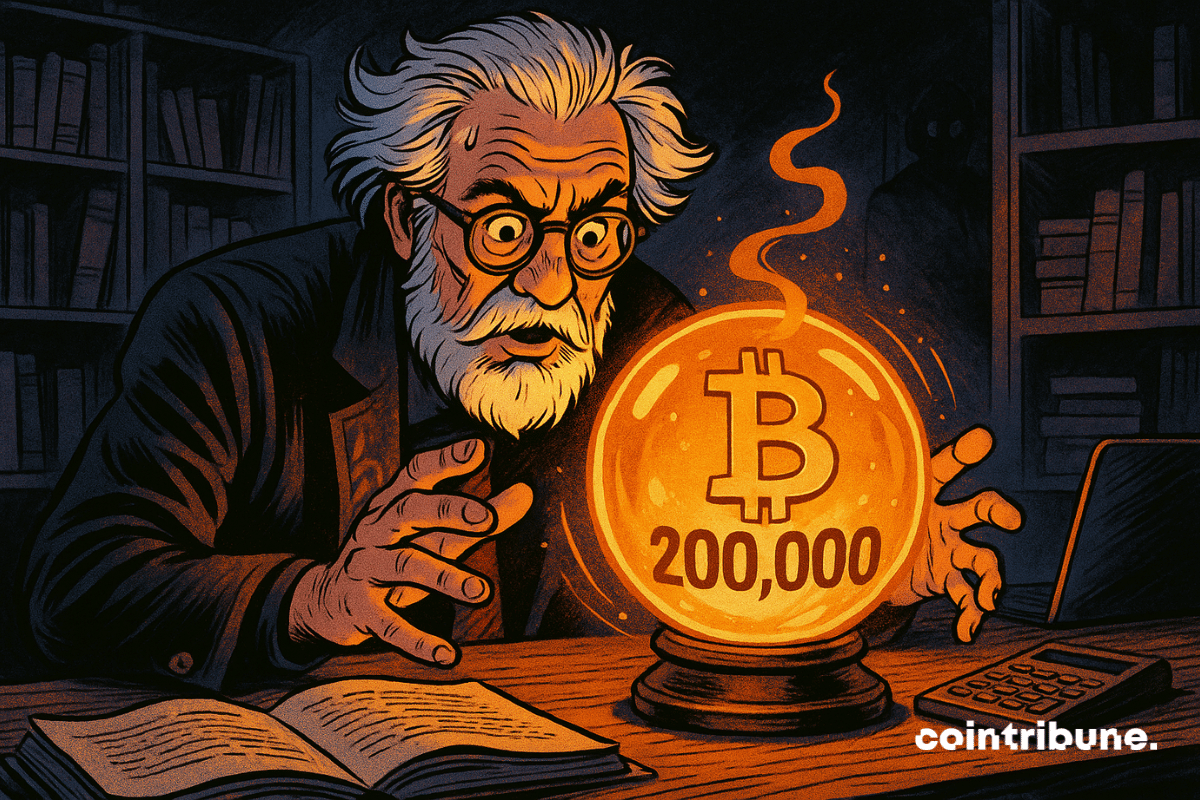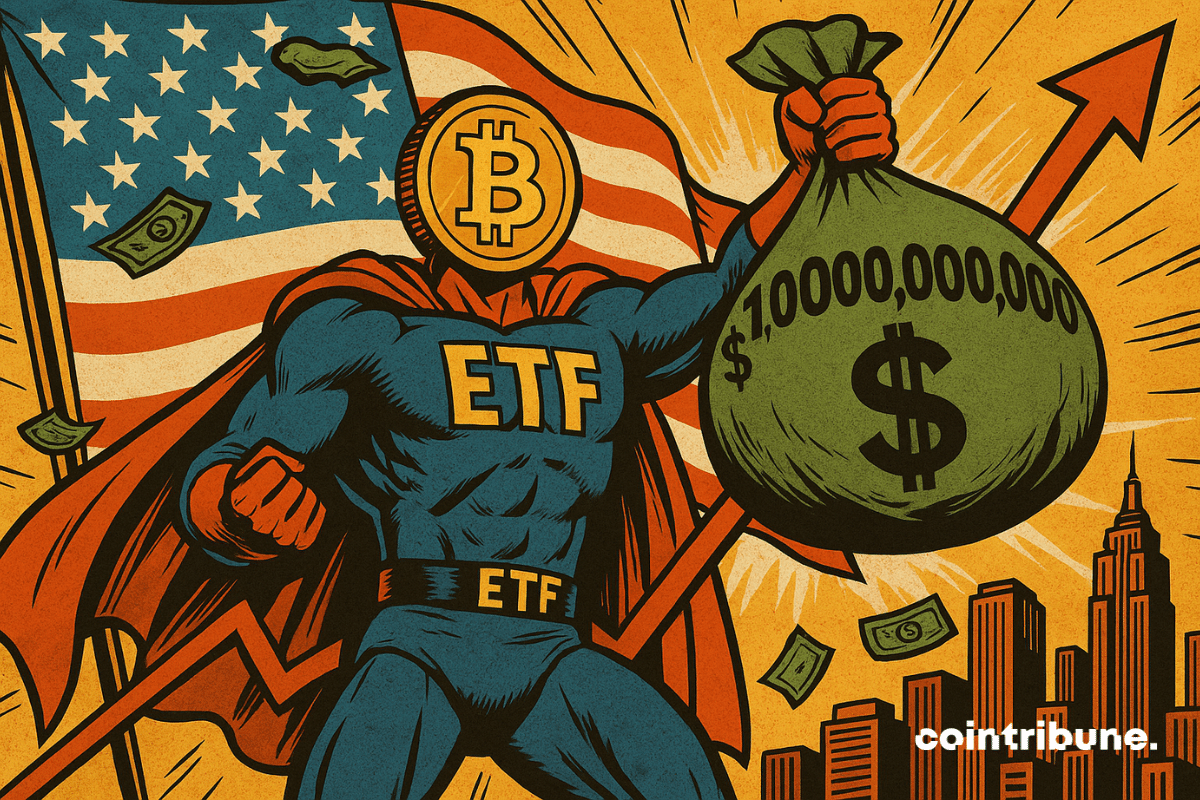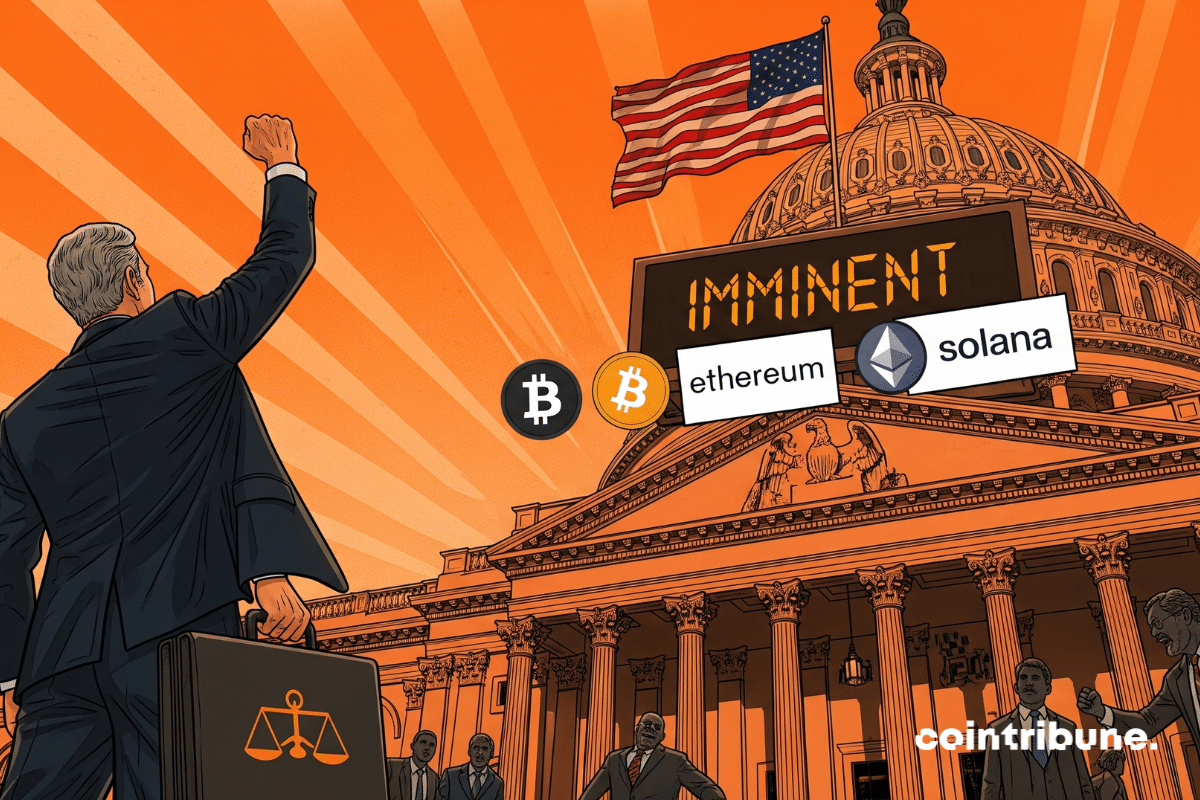While the bombs are falling, Solana climbs, XRP gets excited, and ETFs stir the crypto pot. Should we see geniuses or arsonists behind these digital surges?
Crypto News
In just a few hours, cryptocurrencies have faltered under the weight of a major geopolitical event. Following Israeli strikes in Iran, over one billion dollars in positions were liquidated, taking with them the market's recent gains. This is not just a simple episode of volatility, but a tangible sign that these assets, which stem from a promise of sovereignty, remain exposed to real-world shocks.
When Novogratz reads into the bubbles, he sees a seven-figure bitcoin. Prophecy? Deception? Or just a calculated bet from a mogul well-positioned to pull the strings?
The line between traditional commerce and decentralized finance is becoming thinner. Shopify, the e-commerce giant, is breaking through the wall of traditional payments by integrating USDC into its Shopify Payments system. This decision is not just a mere technological whim but a strategic shift towards the large-scale adoption of crypto.
Treasury Secretary Scott Bessent has just made a shocking prediction: the stablecoin market could soar to $2 trillion within three years. This announcement comes as Bitcoin flirts with its historical highs.
Thanks to a more favorable attitude from the SEC, DeFi governance tokens are resuming their upward trend.
Geopolitical tensions in the Middle East have once again shaken the crypto markets. Bitcoin sharply dropped below the psychological barrier of $105,000 after Tel Aviv claimed a series of attacks against Iran. This spectacular decline raises the question: does Bitcoin really deserve its status as a safe-haven asset?
Crypto in free fall: Dogecoin is howling, Solana is wobbling, while Bitcoin is acting smug. A waltz of numbers and tweets... but who will laugh last?
After six years of waiting and millions of accounts created, Pi Network began its transition to the mainnet with the promise of a decentralized cryptocurrency accessible to all. However, as the migration accelerates, an increasing number of users are finding themselves stuck: empty wallets, validated but ignored KYC, failed verifications. What was supposed to mark the culmination of the project is turning into a technical deadlock for many, raising doubts about the reliability of the system and the network's ability to fulfill its commitments.
Violent return to reality for XRP traders. Within 24 hours, a historic imbalance in liquidations triggered instability in the derivatives market, trapping traders. As the crypto plunged below $2.30, the leverage turned against those betting on a continued bullish trend. This technical setback, seemingly innocuous, raises questions about the strength of the narrative surrounding XRP.
Bank of America is holding off on stablecoins until U.S. lawmakers pass the GENIUS Act. Meanwhile, the bill gains momentum, signaling growing support for clear regulation.
When a Wall Street institution migrates to a public blockchain, it is no longer an experiment, it is a shift. By issuing its debt securities on the XRP Ledger, Guggenheim Treasury Services not only validates Ripple's infrastructure, but also redefines the boundaries of market finance. This operation marks a concrete advancement in the tokenization of real-world assets and confirms the gradual embedding of decentralized finance at the heart of institutional strategies.
Bitcoin disappoints as it approaches its record. Ethereum might just steal the spotlight. All the details in this article!
The regulation of stablecoins in the United States has just reached a historic milestone. The U.S. Senate voted 68 to 30 to advance the GENIUS Act, paving the way for a plenary session debate. Does this advancement finally mark the birth of a federal regulatory framework for dollar-backed cryptocurrencies?
The Ethereum Foundation’s new report highlights key security challenges and outlines plans to enhance the network’s safety and usability.
Bitcoin: a massive confidence signal. 3.77 million BTC withdrawn, is the market entering a new bull era?
Saylor assures us: the crypto winter is over. But when Bitcoin climbs to new heights, who picks up the shovels, and above all… who sells the picks?
In the crypto arena, where every strategic decision reshapes power balances, PayPal has just reached a new milestone. Its in-house stablecoin, PYUSD, is set to launch on Stellar, the third blockchain to host this token after Ethereum and Solana. This maneuver might seem trivial, but it actually speaks volumes about the deep ambitions of the digital payments giant.
Circle's IPO made history on Wall Street with the largest two-day gain since 1980. However, behind this spectacular performance lies a troubling paradox: the issuer of USDC literally forfeited 3 billion dollars to institutional investors. How can this colossal financial sacrifice be explained?
Stablecoins are set for a major breakthrough in 2025, with rising global use, business interest, and policy support.
The Ethereum blockchain solidifies its dominant position thanks to sustained growth in its network and record institutional flows. Technical and fundamental signals converge towards a promising bullish trend. But will this rise be enough to propel ETH to new heights?
Mass withdrawals, spontaneous combustion, and the dream of billions: Shiba Inu is playing the big bluff of the memecoin that would like to become a serious crypto… without losing its marketing flair.
Bitcoin (BTC) is showing signs of a comeback, currently trading less than 3% below its all-time high. After hovering around $105,000 since late May, this price surge indicates growing momentum. It also reflects renewed confidence among investors, many of whom are eager to increase their Bitcoin holdings.
Tether is set to open-source its Bitcoin Mining OS (MOS) by the fourth quarter of 2025. The move aims to make Bitcoin mining more accessible by allowing smaller operators to manage their own mining systems without relying on external software or services.
The promise of crypto was financial freedom. Today, it also attracts the most ingenious fraudsters on the planet. Fueled by artificial intelligence, their schemes are becoming undetectable and massive. In 2024, these scams caused $4.6 billion in losses, according to Bitget's anti-scam report. A staggering figure that forces the industry to rethink its priorities.
In a market where extreme predictions no longer intimidate anyone, Bernstein has nonetheless made a splash. The asset manager, boasting 800 billion dollars in assets under management, anticipates a bitcoin price of 200,000 dollars by the end of this year. Even more surprising: this target is considered "conservative" by its own analysts. A bold positioning, contrary to the climate of caution that dominates the markets, and which could well redefine expectations around the most scrutinized asset on the planet.
What many thought unlikely is now becoming reality: American spot Bitcoin ETFs are set to surpass the symbolic milestone of $1 trillion in transaction volume. In less than 18 months, these financial products have transformed the stock market landscape, establishing Bitcoin as an essential asset in traditional markets. A meteoric rise driven by unprecedented institutional enthusiasm.
The United States is preparing to regulate stablecoins. A key vote on the GENIUS Act could transform the crypto industry forever.
Crypto is entering a new era in the United States. The SEC supports self-custody and defends users' freedom. Details here!
Nine months after his spectacular arrest at Bourget airport, the founder of Telegram gives his first television interview to Tucker Carlson. Between misunderstanding and mistrust, Pavel Durov firmly contests the French accusations. What is the real story behind this case that has shaken the tech world?
